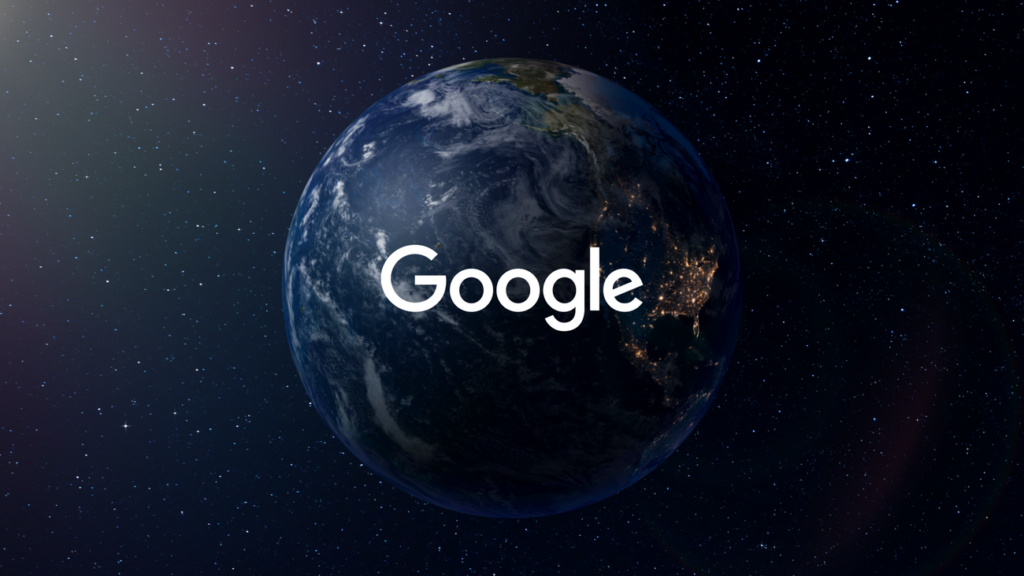Google has recently announced a strategic collaboration with Holocene, a leading provider of direct air capture services, to obtain carbon offset credits at the historically low price point of $100 per ton, with the delivery scheduled for the early 2030s. This initiative is a testament to Google’s commitment to reducing carbon emissions and achieving a state of net zero across all its operations. Holocene’s innovative approach to direct air capture holds the potential to revolutionize the fight against climate change at a critical juncture.
Solving the Affordability Dilemma
The concept of direct air capture (DAC) hinges on the extraction of carbon dioxide directly from the atmosphere through chemical or physical processes for subsequent permanent underground storage or conversion into useful products. With experts concurring on the necessity of removing billions of tons of CO2 annually by 2050 to combat climate change effectively, DAC emerges as a pivotal player in this trajectory. Despite its promise, DAC still faces significant hurdles in attaining commercial viability and scalability, primarily due to high operational costs and limited output capacities of existing DAC facilities.
Google’s partnership with Holocene aims to address the primary impediment obstructing the widespread adoption of DAC technologies, namely, the exorbitant cost implications. By leveraging Holocene’s groundbreaking methodology, which combines elements from liquid and solid-based DAC systems, the duo seeks to drive down costs substantially over time. Besides offering upfront financial support, Google has made a steadfast commitment to procure carbon credits from Holocene’s cost-effective facilities set for operation in the early 2030s. Furthermore, Holocene’s projects are eligible for the U.S. government’s 45Q tax credit, providing additional incentives for carbon removal initiatives.
Backing Holocene’s Innovative Approach
Central to Holocene’s DAC technology is its pioneering chemical methodology that utilizes amino acids and organic compounds to extract CO2 from the ambient air continually. This captured CO2 is then purified through a cooling process to yield a concentrated stream suitable for storage or transportation. By focusing on sustainable energy sourcing and employing off-the-shelf industrial equipment, Holocene effectively mitigates the energy and capital-intensive nature of traditional DAC methods, positioning itself for scalable and cost-efficient operations.
Under the current agreement, Holocene is slated to sequester 100,000 tons of CO2 by the early 2030s, marking a significant leap in DAC achievements. While this milestone signifies a notable advancement in carbon capture capabilities, it underscores the imperative for scaling up such initiatives on a global scale to address the monumental challenge of climate change effectively.
Advancing Towards Net Zero Emissions
The collaboration between Google and Holocene represents a strategic stride towards fostering carbon removal technologies that hold the potential for global impact in the coming decades. By providing crucial financial backing to catalytic solutions in the carbon removal landscape, this partnership not only showcases a commitment to sustainability but also paves the way for future innovations that could propel the world towards a carbon-neutral future.
Looking ahead, Google remains steadfast in its support for transformative technologies spanning various carbon removal pathways, underscoring a collective mission to realize a world characterized by net zero emissions.











